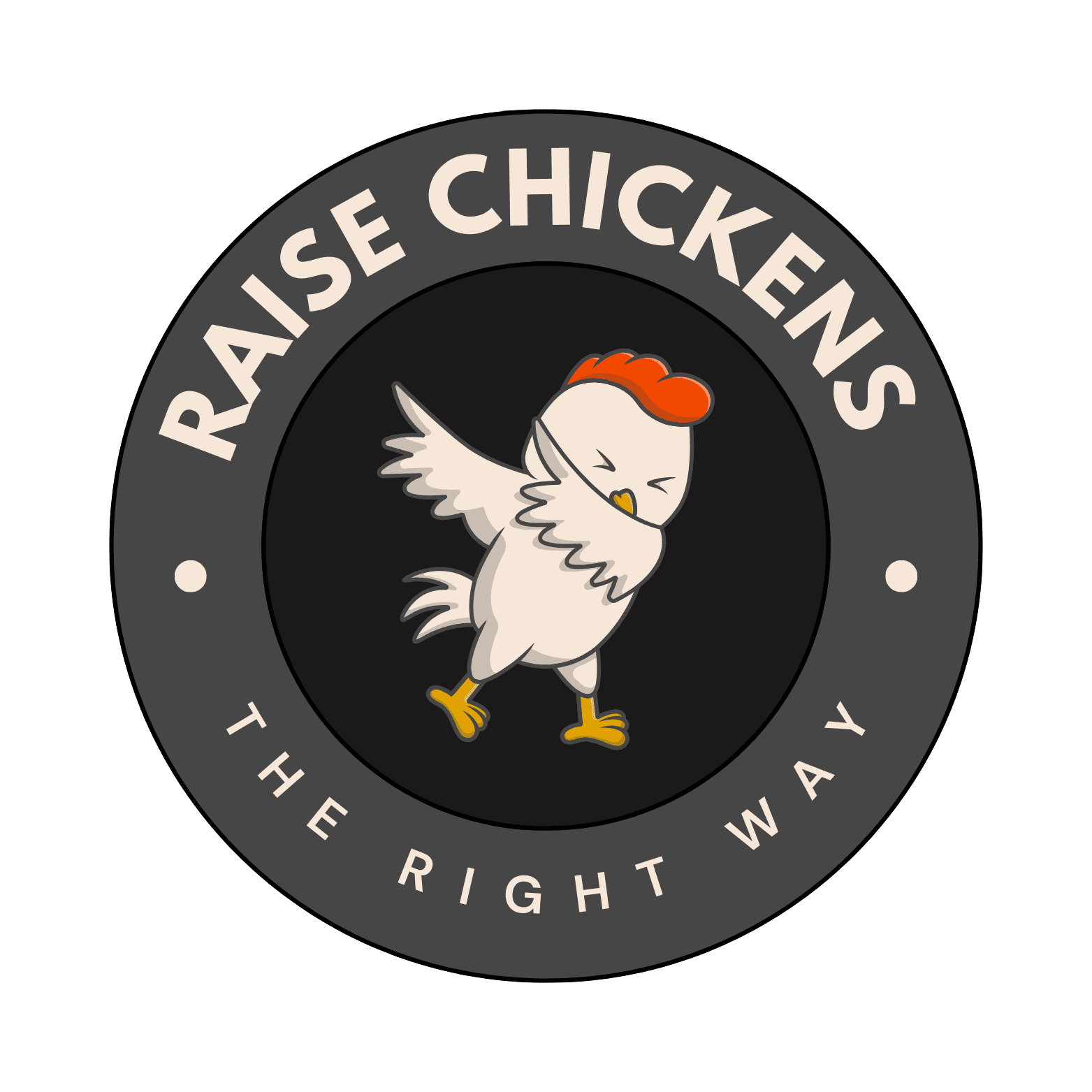Can Chickens Eat Peanuts? A Complete Guide to Feeding Peanuts to Your Flock
As a long-time chicken keeper, I’m often asked about feeding peanuts to chickens. I’ll tell you right now – yes, chickens can eat peanuts! But there’s more to the story than a simple yes or no answer. Let me share my experience and knowledge about feeding these protein-packed treats to your feathered friends.
Raw vs. Roasted: What’s Best for Your Chickens?
I’ve found that chickens can safely eat both raw and roasted peanuts, but there are some important considerations. Raw peanuts contain higher nutrient levels, but they also come with a slight risk of mold. That’s why I prefer giving my flock unsalted, roasted peanuts – they’re safer and equally enjoyable for the birds.
It’s crucial to avoid salted peanuts as chickens don’t process excess sodium well. Too much salt can lead to health issues and dehydration in your flock.
The Shell Game: To Shell or Not to Shell?
In my experience, it’s better to remove the shells before feeding peanuts to chickens. While chickens can technically eat peanut shells, they’re tough and fibrous, offering little nutritional value. Plus, shells can be a choking hazard, especially for smaller breeds.
Nutritional Benefits of Peanuts for Chickens
Let’s talk about what makes peanuts such a powerful treat. The macronutrient breakdown is impressive:
These nutrients make peanuts an excellent supplementary food, especially during molting season when chickens need extra protein. However, it’s the high fat content that makes moderation crucial.
How Much is Too Much?
Here’s where I need to be clear – peanuts should be treated as treats, not as a primary food source. I recommend following this feeding schedule:
Potential Risks and Considerations
While peanuts are generally safe, there are some risks to keep in mind. The biggest concern I’ve encountered is aflatoxin, a type of mold that can grow on peanuts. That’s why I always inspect peanuts carefully and store them in a cool, dry place.
Obesity is another concern. With their high fat content, too many peanuts can lead to overweight chickens, which affects egg production and overall health. I’ve seen this happen in flocks where treats weren’t properly moderated.
Creative Ways to Serve Peanuts
I love making feeding time engaging for my chickens. Here are some ways I serve peanuts to my flock:
Crushed and scattered in their foraging area, encouraging natural pecking behavior
Mixed with other treats like seeds and dried mealworms
Ground into a paste and mixed with their regular feed during molting season
Signs Your Chickens Are Getting Too Many Peanuts
I’ve learned to watch for certain signs that indicate I’m overdoing it with the peanuts. These include decreased egg production, lethargy, and visible weight gain. If you notice any of these signs, it’s time to scale back on the peanut treats.
Common Misconceptions
Let me clear up some myths I often hear about feeding peanuts to chickens. First, raw peanuts aren’t poisonous to chick
